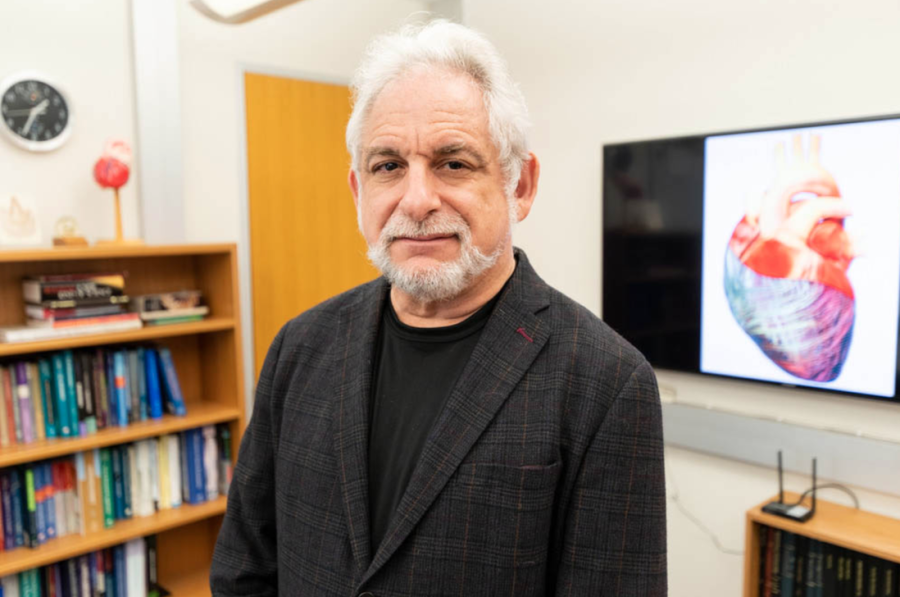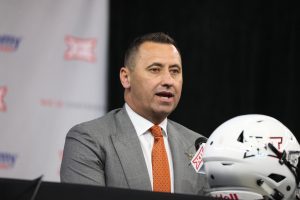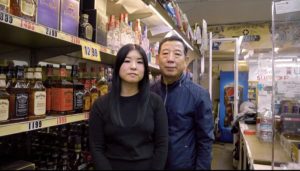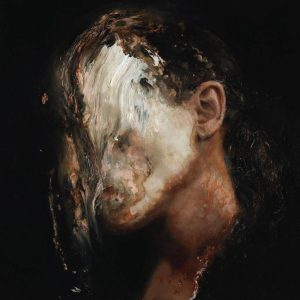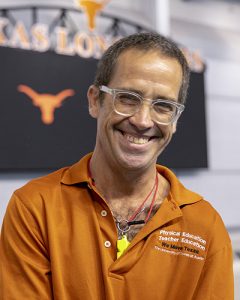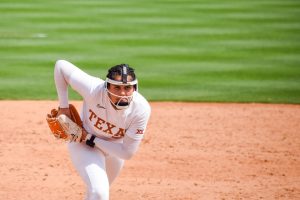UT researchers receive grant to improve reconstructive breast surgery
July 11, 2022
Researchers from UT and the UT MD Anderson Cancer Center received a $3.7 million grant from the National Institutes of Health to develop an accurate model of the breast for reconstructive surgery.
This project aims to create a biomechanical model that can be used as a reliable tool for predicting the outcomes of reconstructive breast surgery, lead principal investigator Michael Sacks said. Sacks said patients of reconstructive breast surgery, whether cosmetic or preventative, are sometimes left with suboptimal results because surgeons can only rely upon prior experience to make predictions. Sacks said that with a better understanding of the breast’s anatomy and mechanical behavior, the goal is to develop a more rational, model-driven process for breast reconstruction.
“(Surgeons are) generally very, very good at what they do,” biomedical engineering professor Sacks said. “But the problem is that the outcomes are not necessarily optimal, and sometimes don’t look very good at all. … The idea is to try to get around some of those issues to make something which is more systematic.”
Sacks will look at the composition and behavior of breast tissue while his co-investigator Krishnaswamy Ravi-Chandar will study the breast at the organ level, Sacks said. Tests on the skin and interior ligaments of patients will be combined with X-ray MRI images to create a 3D model of the breast, Ravi-Chandar said.
“What we’re trying to do is design a structurally accurate model that is a faithful reproduction of the anatomy,” said Ravi-Chandar, an aerospace engineering and engineering mechanics professor. “So what does the chest wall look like? How is the breast connected to the chest wall? What is the scale? Things like that. Lots of detailed questions about the structural parts of the breast.”
The project began in June and will continue throughout the next four years. Kristy Brock and Greg Reece from the UT MD Anderson Cancer Center are also co-investigators on the project, Ravi-Chandar said.
Sacks said his colleagues’ research and his prior research developing similar modeling techniques of the heart will provide them with insight for this new project. In addition to these techniques, Sacks said the project will look into developing new ways to improve predictions.
“These soft tissue modeling techniques that we developed are very generic, and we’re able to apply them to the breast right away,” Sacks said. “We’re also going to be applying some new machine-learning techniques in this project as well. … So it’s a physics-based and mechanics model, but it’s using machine-learning techniques to do the calculations rather than the more traditional (ones). … The idea eventually is to start moving toward high-speed surgical simulation.”

